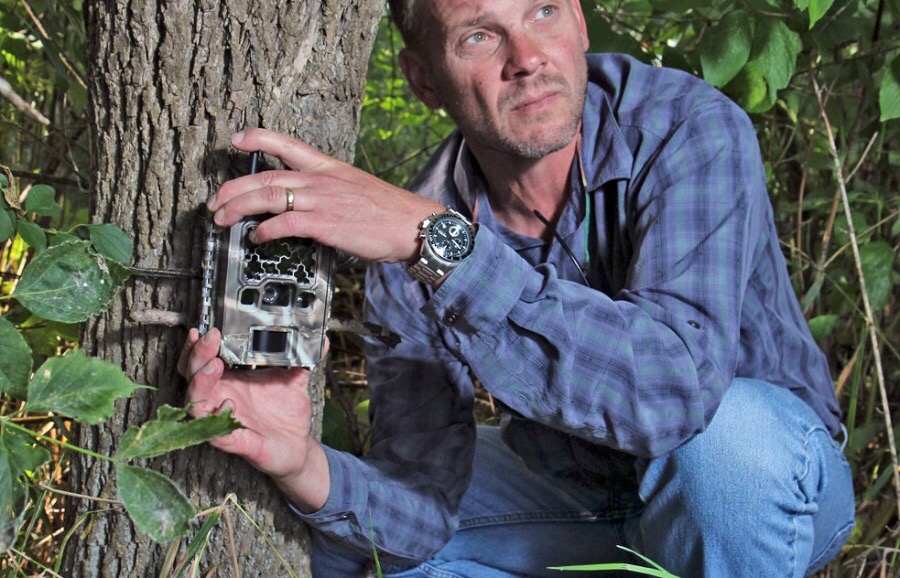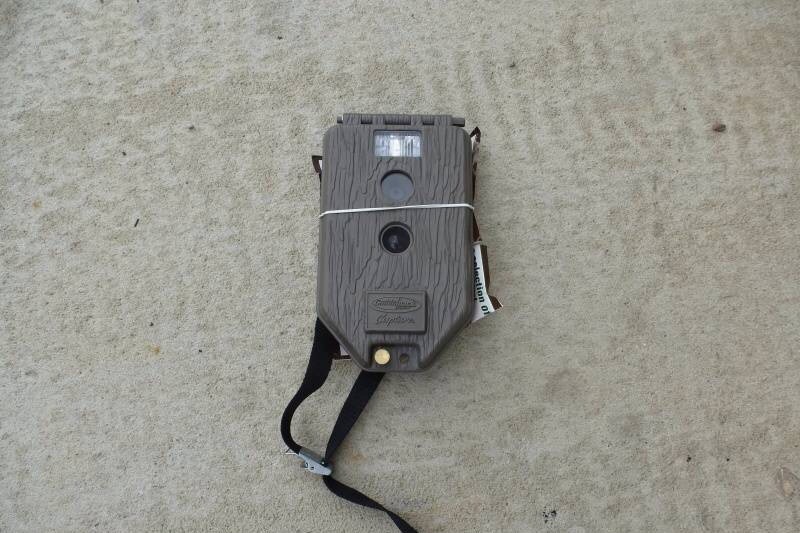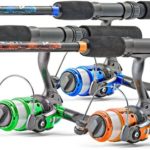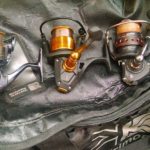What to Look For in a Used Trail Camera
Trail cameras are incredibly useful, but they can also be quite an investment, especially if you want one of quality build. Generally, you’re looking at spending at least $100 on a new, mid-range trail camera these days, or at least one that you know will last you more than one hunting season. It may not be very easy looking for that ideal trail camera for yourself, either, as many cameras may have features and functions that are either hard to learn, or at the very least completely unnecessary for your needs.
One way to save on the costs of buying a quality trail camera is to go the Used route, and buy a pre-owned camera. Some retailers, like TrailCamPro.com, allow you to buy a pre-used camera for a fraction of what they would normally go for at retail. But, to make sure you’re not buying a used piece of crap, you might want to keep the following things in mind.
Warranty
While it’s easy to assume that pre-owned or refurbished trail cameras won’t be offered with a warranty, it still doesn’t hurt to check. In fact, in many cases, these trail cameras will still come with a manufacturer’s warranty for one year, depending on how used the camera is. While these warranties aren’t as comprehensive or as long-lasting as retailer warranties, in these cases you are still guaranteed a return on your investment should your trail camera not work as intended.
If the used trail camera in question does, in fact, come with some limited form of warranty, do be sure to check carefully what all that warranty covers. Again, the included warranty will most likely be limited in scope, so it will be helpful to be familiar with the conditions by which you’ll be able to return your camera, and to know this before you actually buy the camera.
Physical Condition
Perhaps more important than warranty is the physical condition of the item in question, both in terms of how the seller describes it, and in terms of how it looks in pictures of the item. The seller will, inevitably, describe the used camera as in working condition (unless it’s a camera being sold “AS IS,” “Untested,” or “For Parts Only”), but it will be your responsibility to determine if the camera’s condition still makes it a good match for you. Scratches and scuffs on the outer casing of a trail camera may not affect functionality, but cracks may affect your camera’s long-term durability.
Also, please make sure the seller posts actual photos of the camera, as well as photos taken from the camera if possible. Some sellers are content with just using stock photos of the item, pictures of the camera used in advertising and manufacturers’ websites. These won’t tell you the actual condition of the camera, and you can’t just take the seller’s word for it in their description. And, while many sellers may not post pictures taken by the camera itself, be sure to ask them for these pictures, as they will tell you straightaway how well the camera functions.
Seller Rating
There are a whole bunch of sellers out there peddling their used goods, and not all of them are reliable. Because of this, it is very important that you do your research and look into the seller’s feedback and reputation to see if they are a reliable seller of used trail cameras. This is true for anyone wanting to buy used goods from the Internet, but it is especially important when it comes to expensive and technologically involved as trail cameras.
There are a number of ways to easily check up on the reliability of a seller. When buying from major online sellers who have their own website, read up on how well people have dealt with them in forum boards and in places other than just the website’s own testimonials page. When buying used trail cameras from storefronts like Ebay or Amazon, look into the seller’s rating and their recent customer feedback.
Savings Margin
Finally, consider this: how much are you saving by buying this camera? How close or far away from retail price that used camera is can tell you a bit about what kind of camera you are buying, and whether or not it’s worth the purchase.
For example, you may find a used camera that’s very close in price to a new camera, which may raise questions about whether or not risking things with a used camera is really worth it. If a used trail camera plus shipping costs the same amount as a new camera with free shipping, you may want to look into just buying the new camera. Otherwise, you could see if anyone else is selling the camera for a more reasonable price.
Another thing to consider is when there is a huge dependency between a new and used price. This may mean something is severely wrong with the used camera, or that the camera is nonfunctional. Some sellers sell off broken or unusable cameras for those who want to salvage them for parts, or attempt to repair them, and these nonfunctional cameras come at significantly reduced prices. Never make the mistake of buying a nonworking used trail camera when you mean to buy one that does work. Read listing information very carefully.
Conclusion
Finding a reliable used trail camera does not have to be difficult, so long as you are diligent and careful about it. Make sure you know that the seller is reliable, make sure you know the camera itself will work even with the wear and tear it has suffered already, and consider how close or far away the used camera is in comparison to a new camera. And finally, if one is available, keep an eye out for used trail cameras that offer a warranty with them, and consider how much that warranty covers for. Take these steps and become an informed buyer, and you should have little to no trouble buying used trail cameras.












